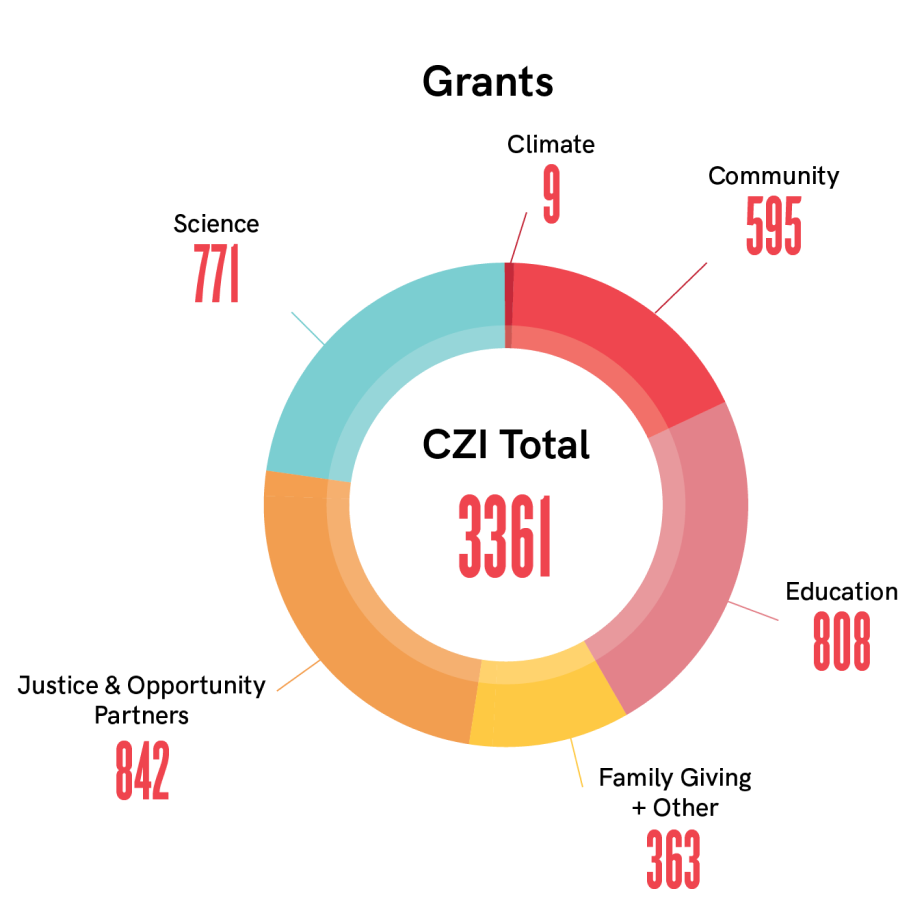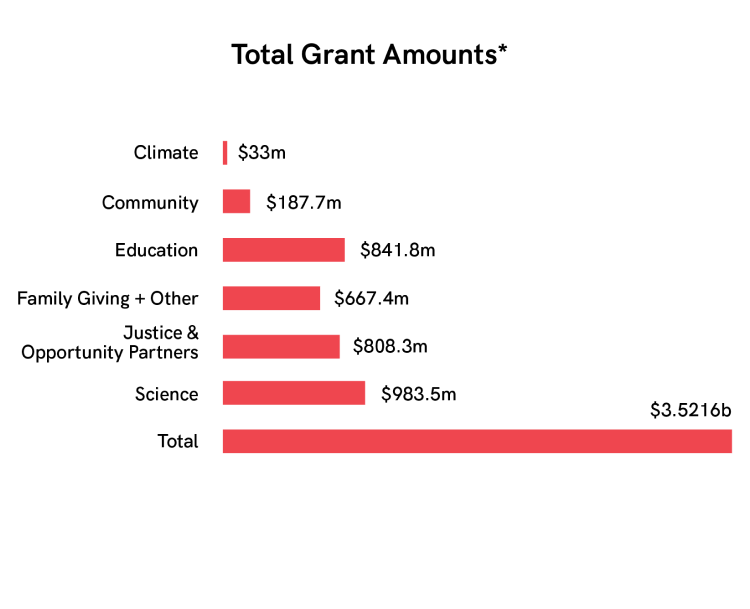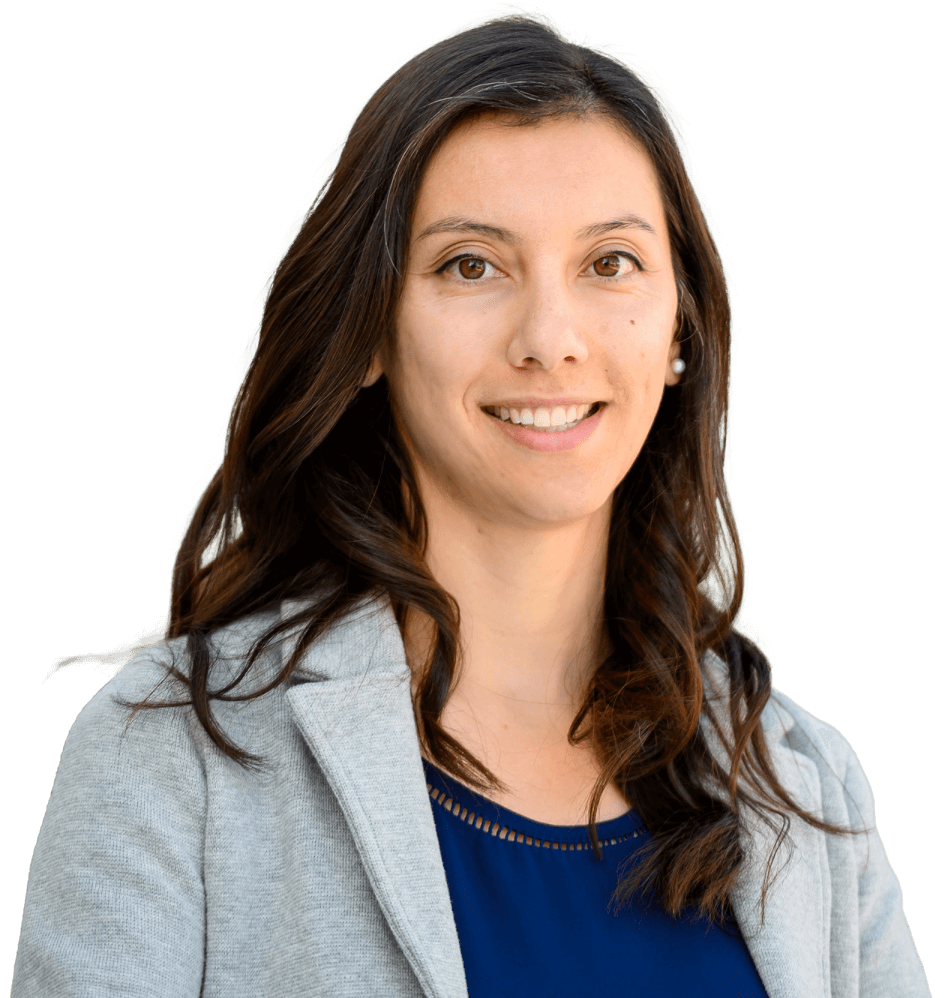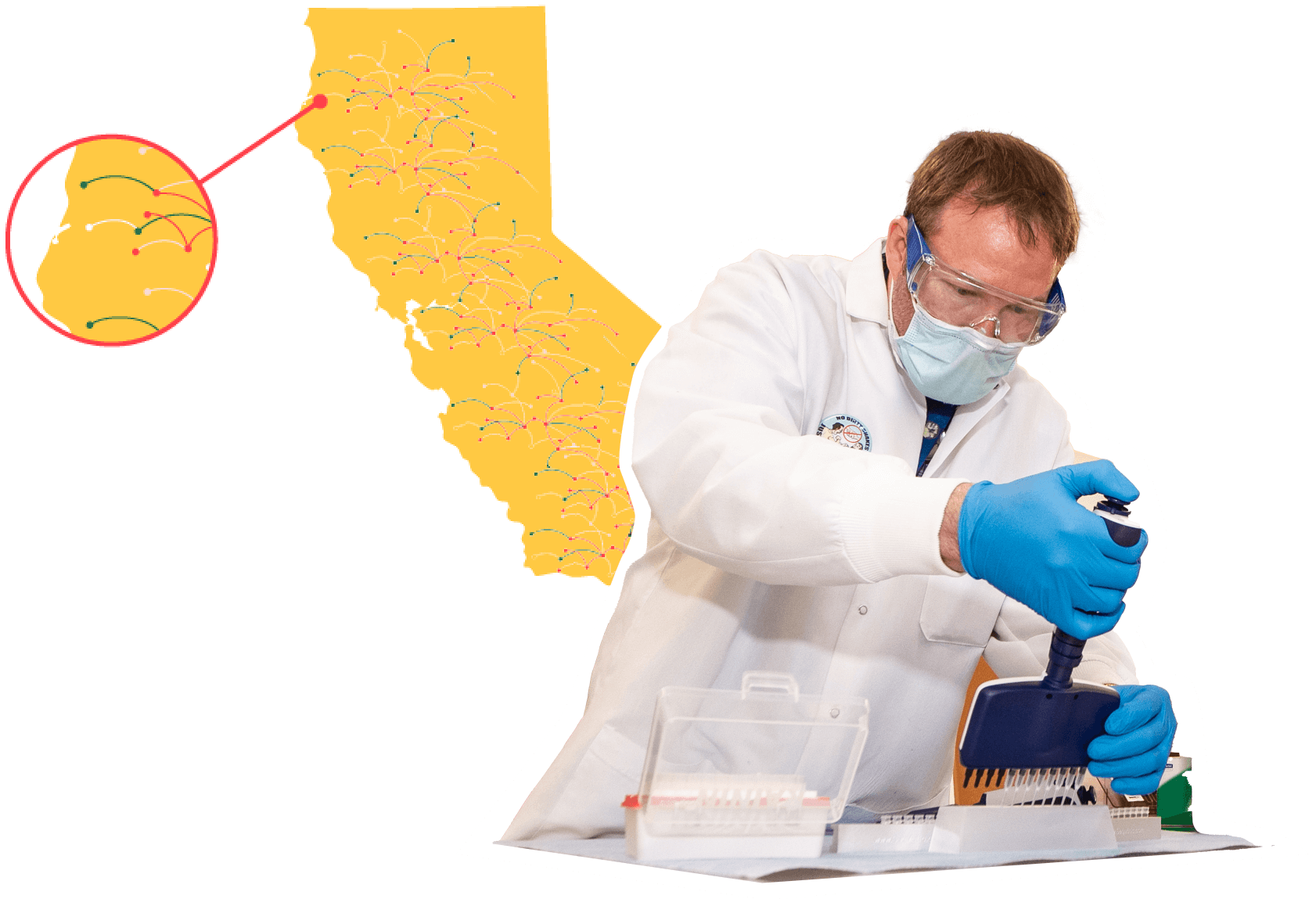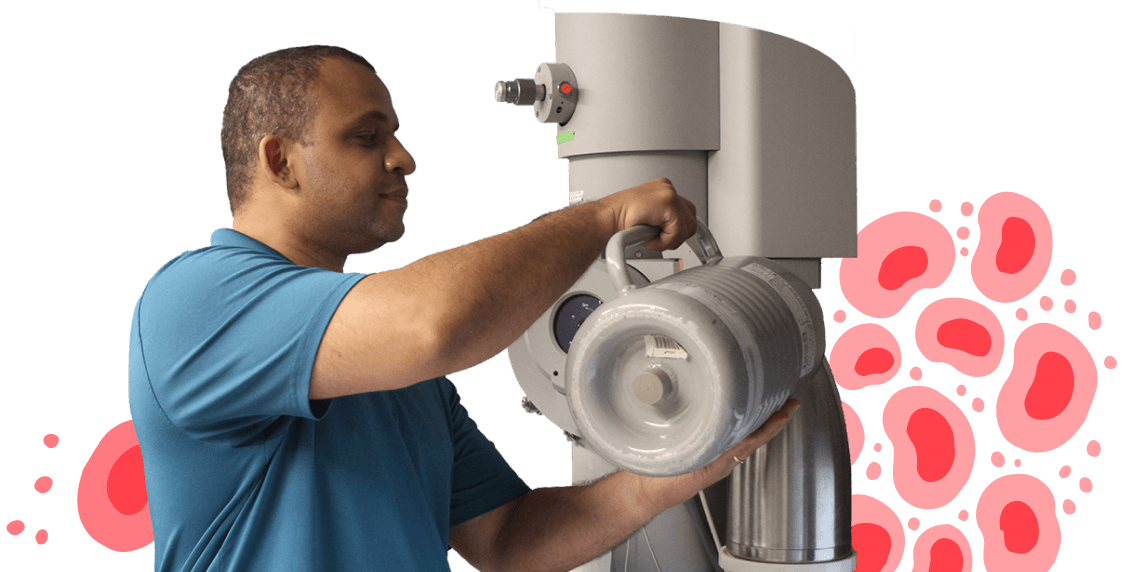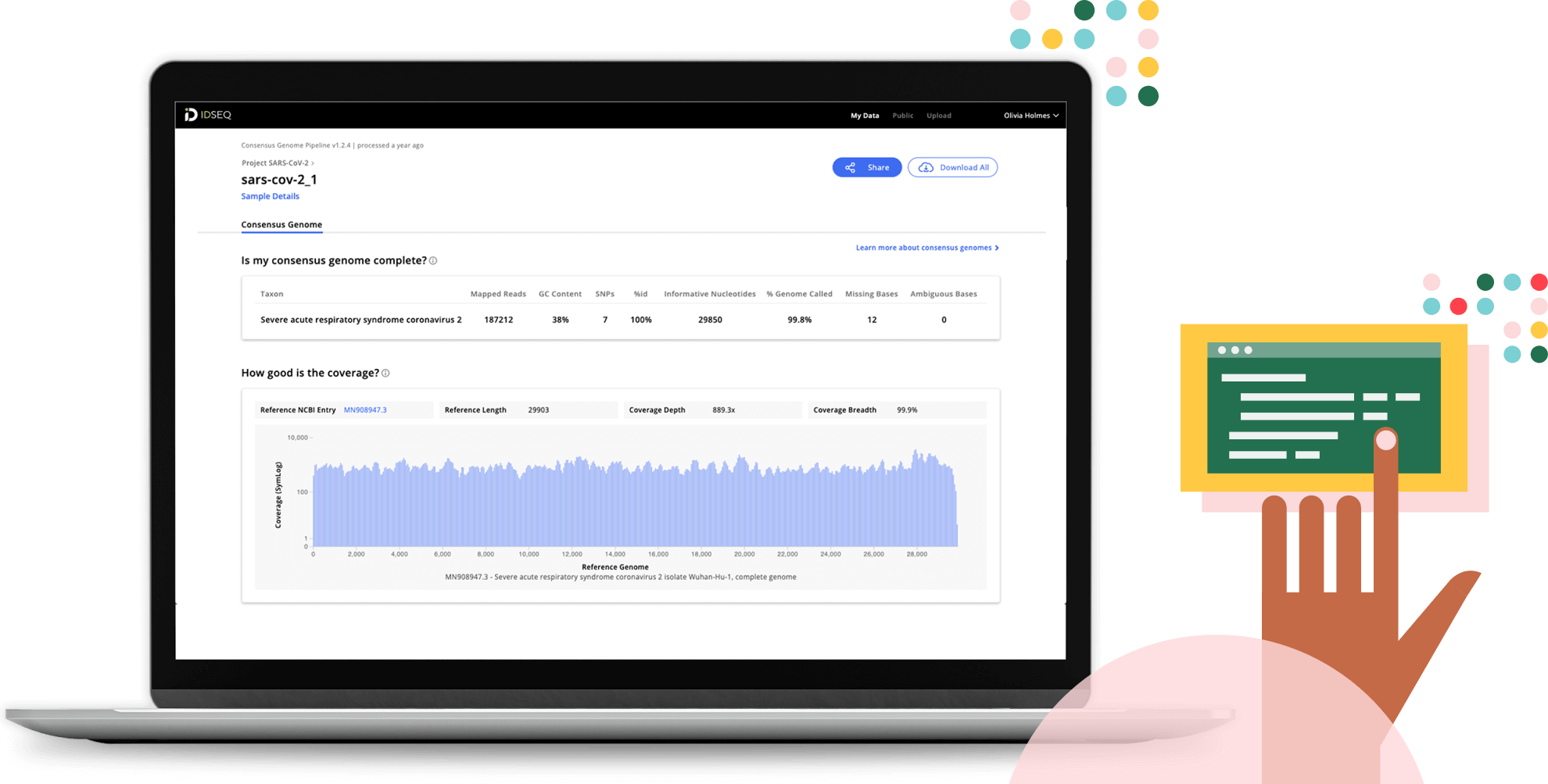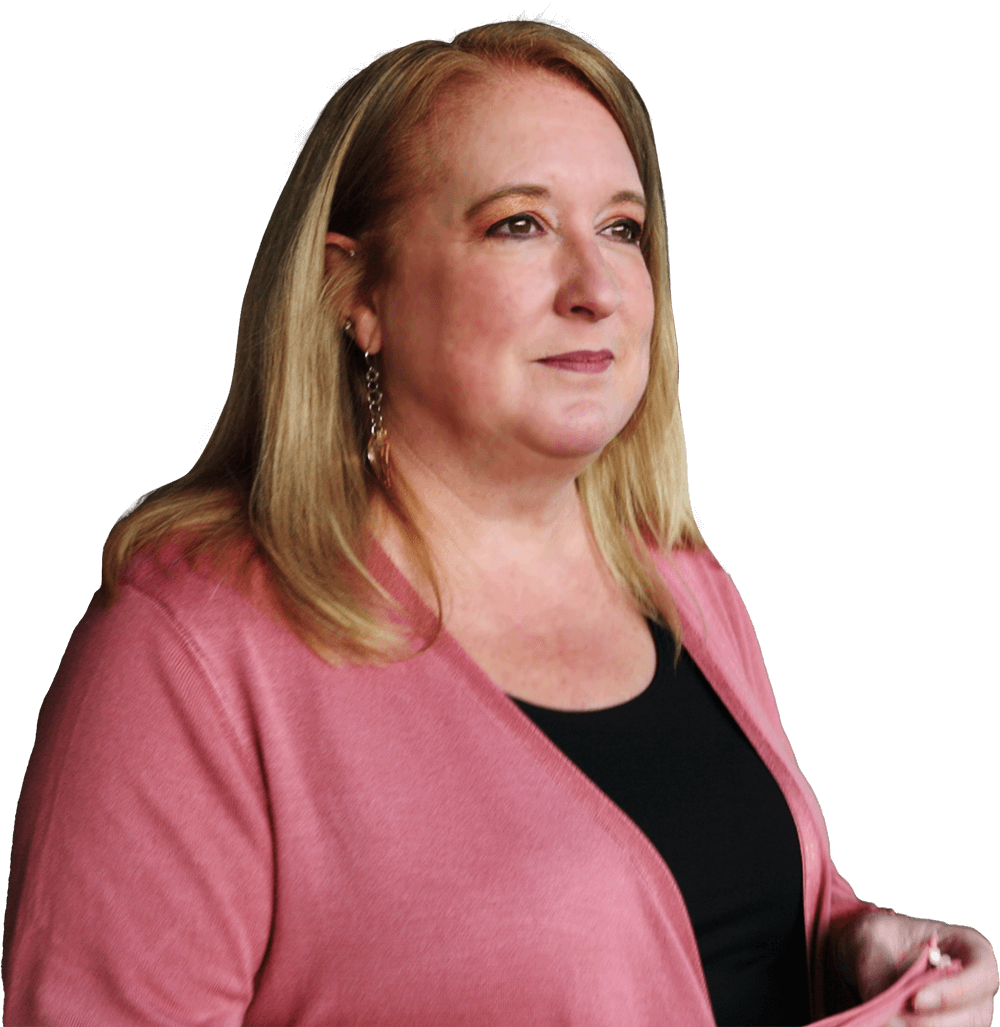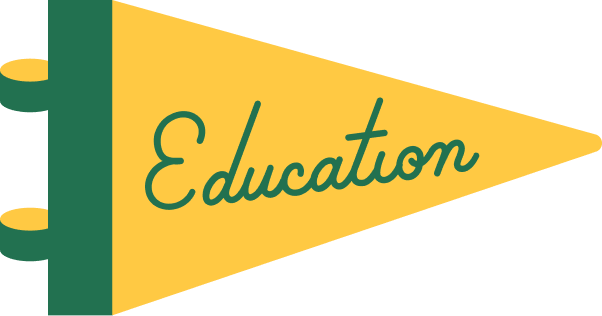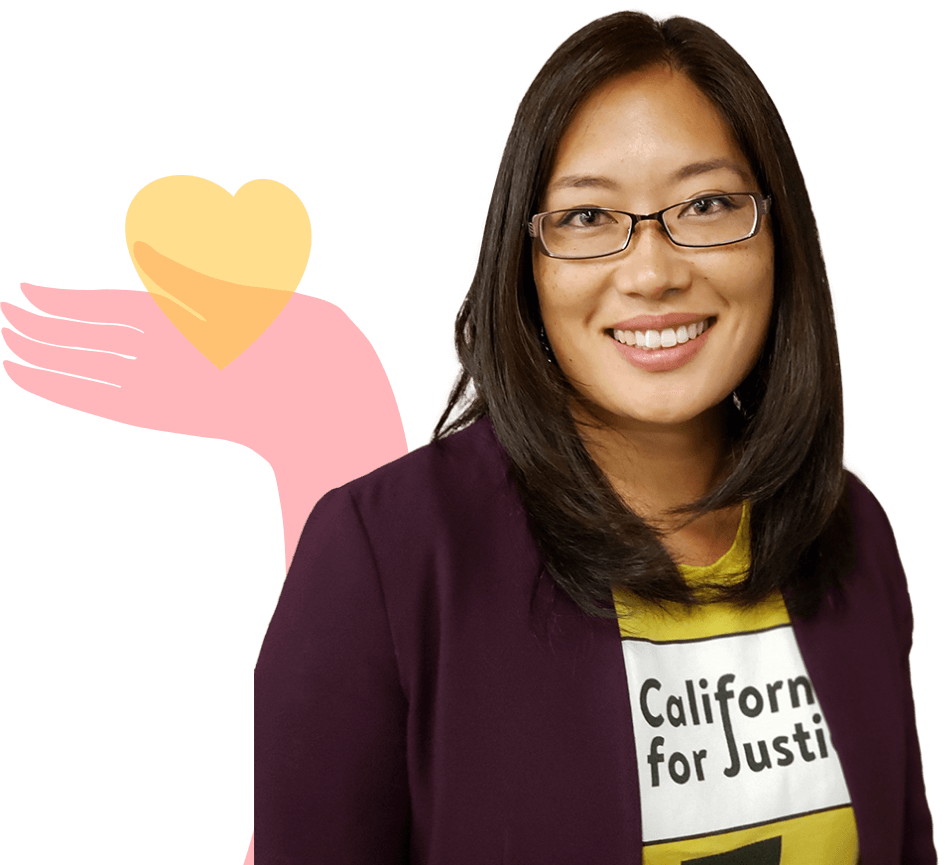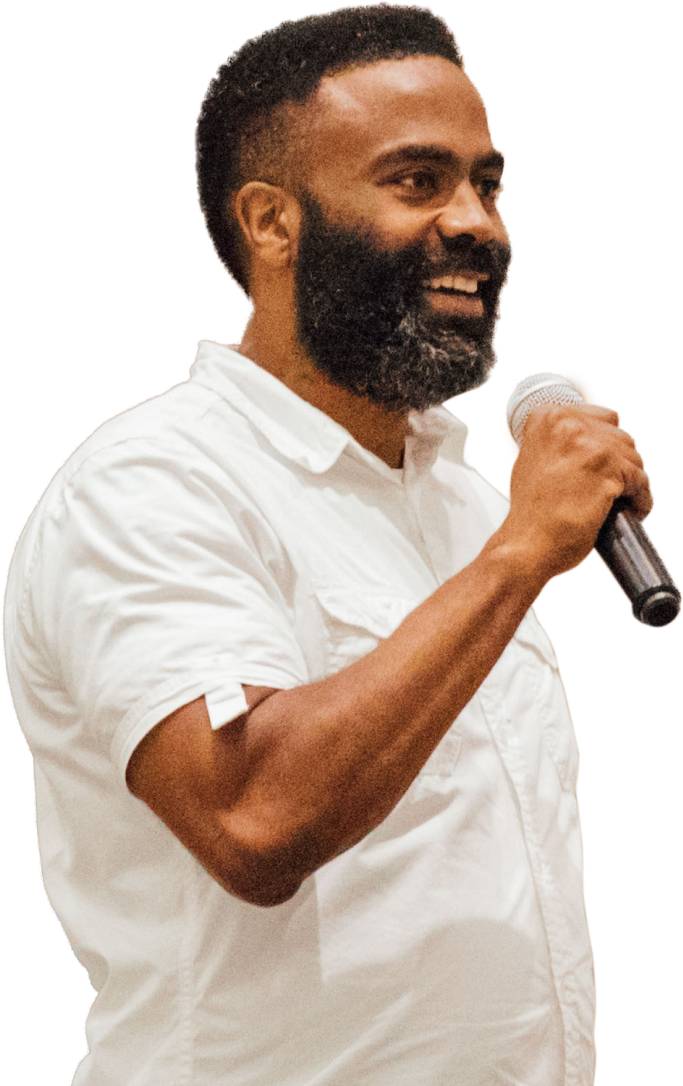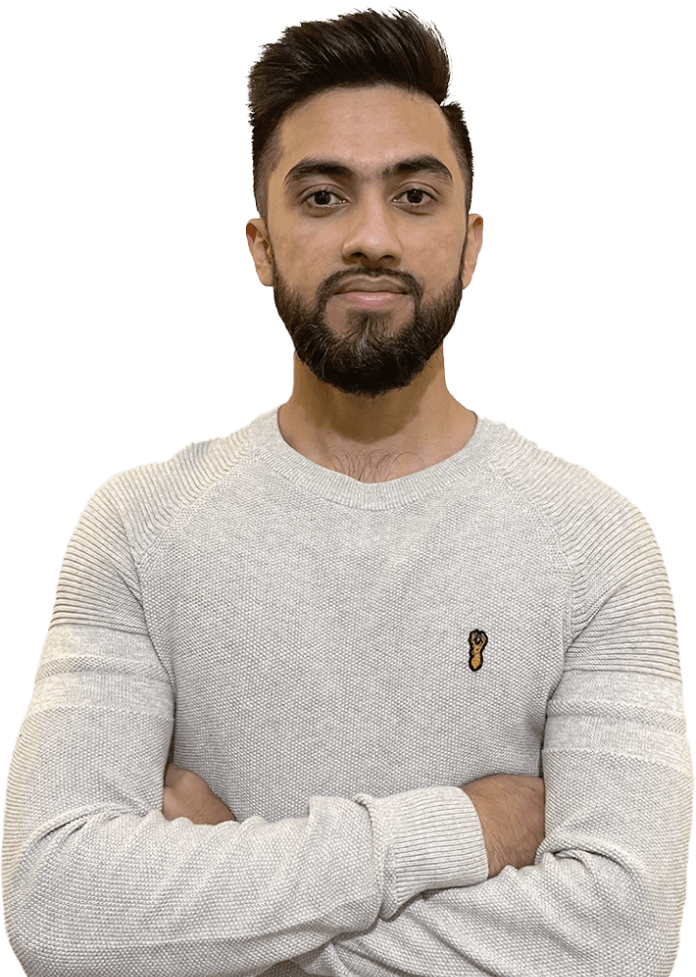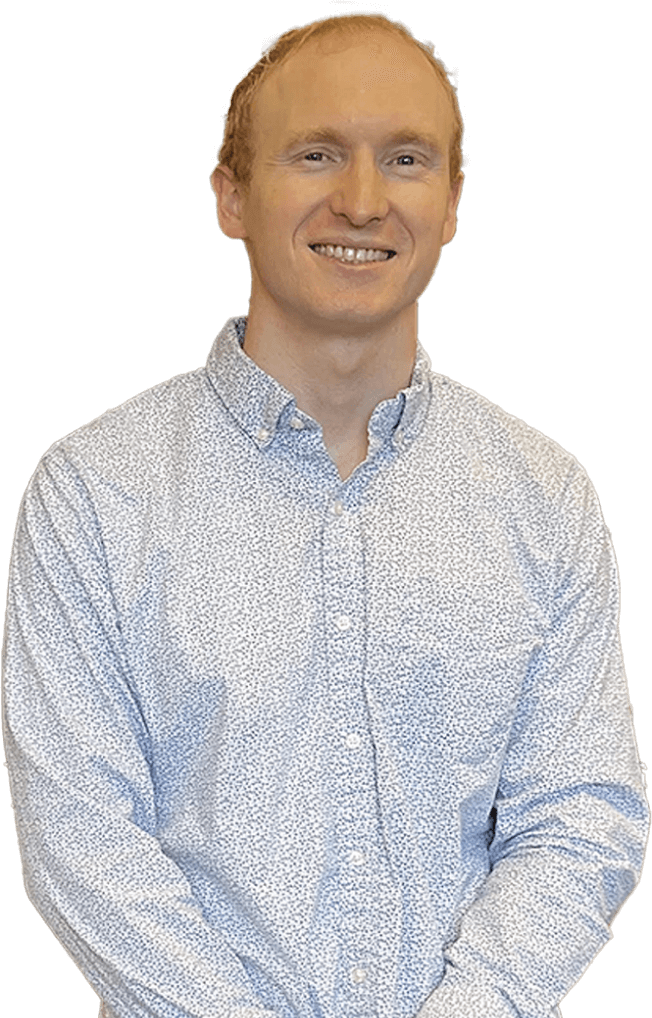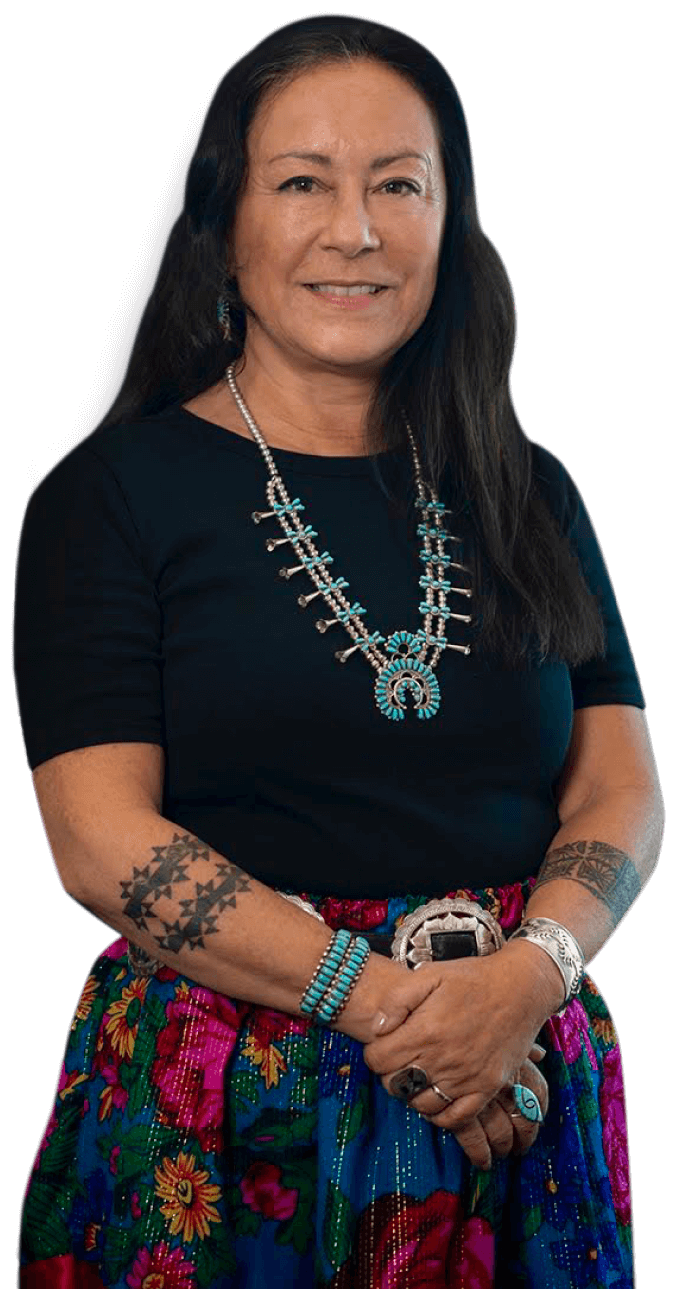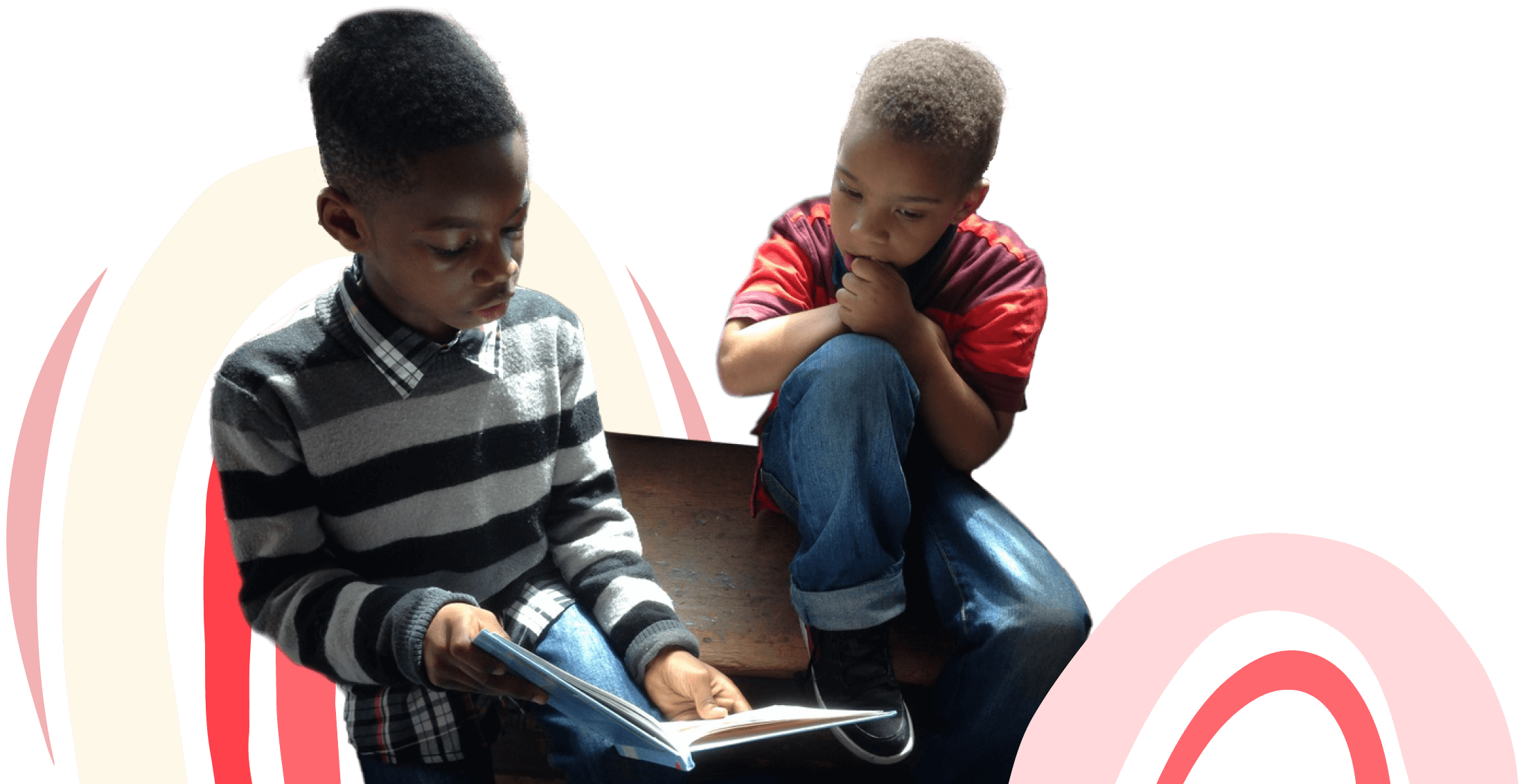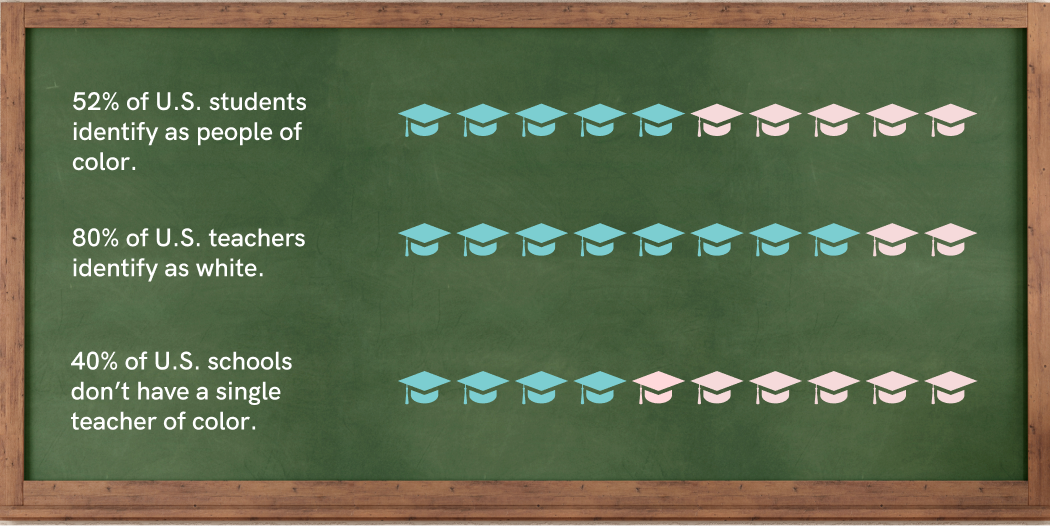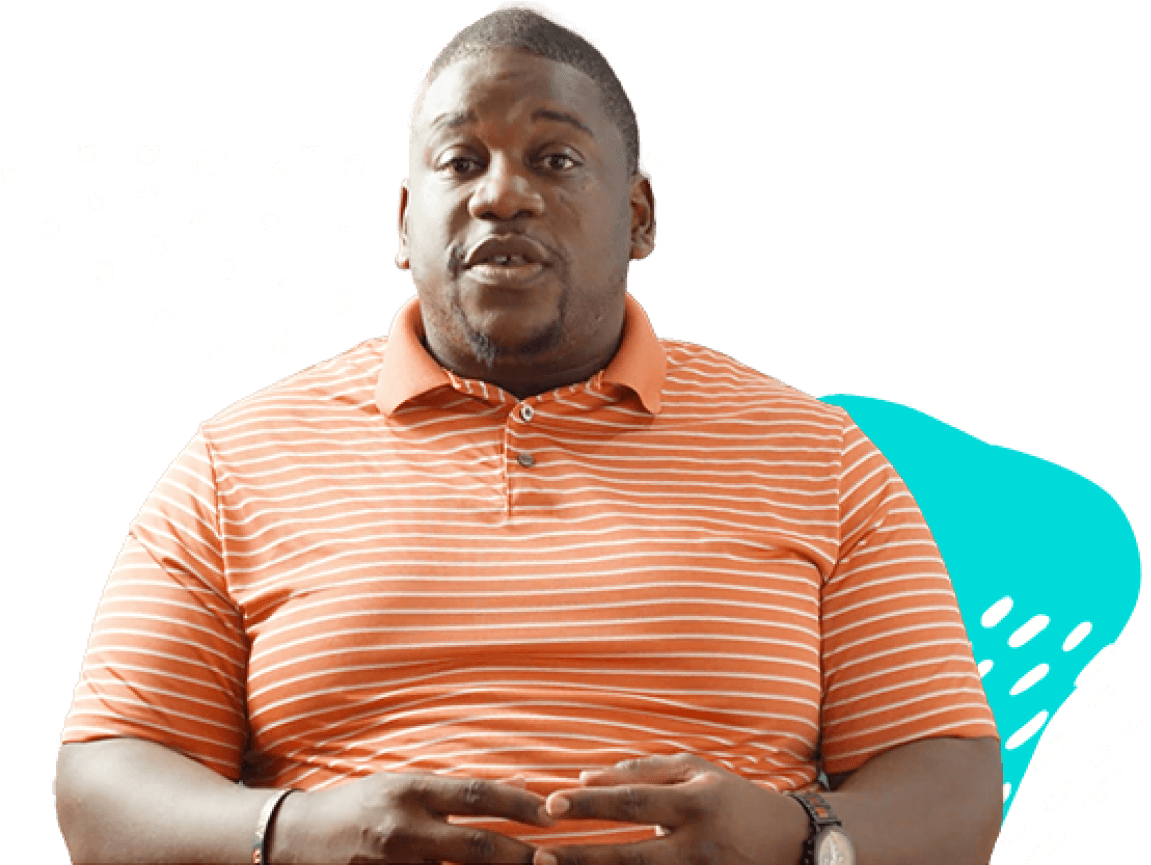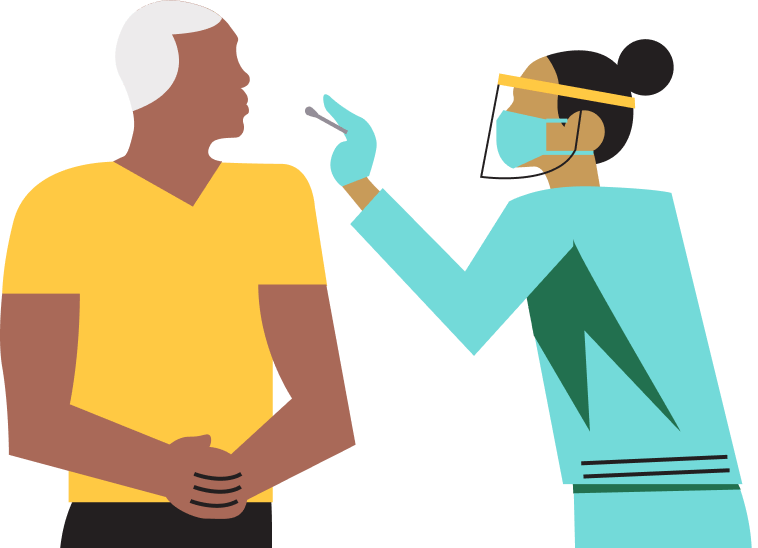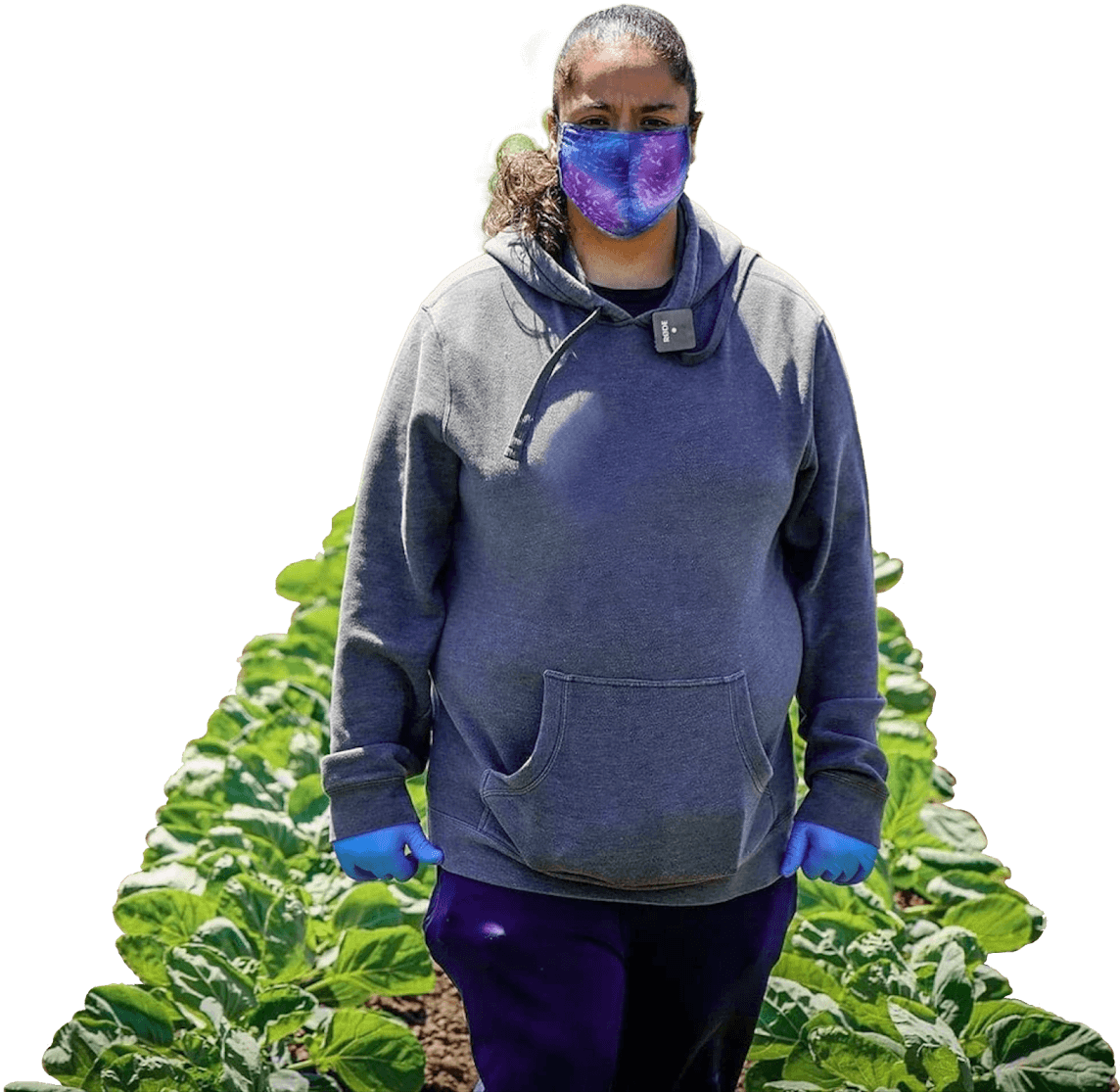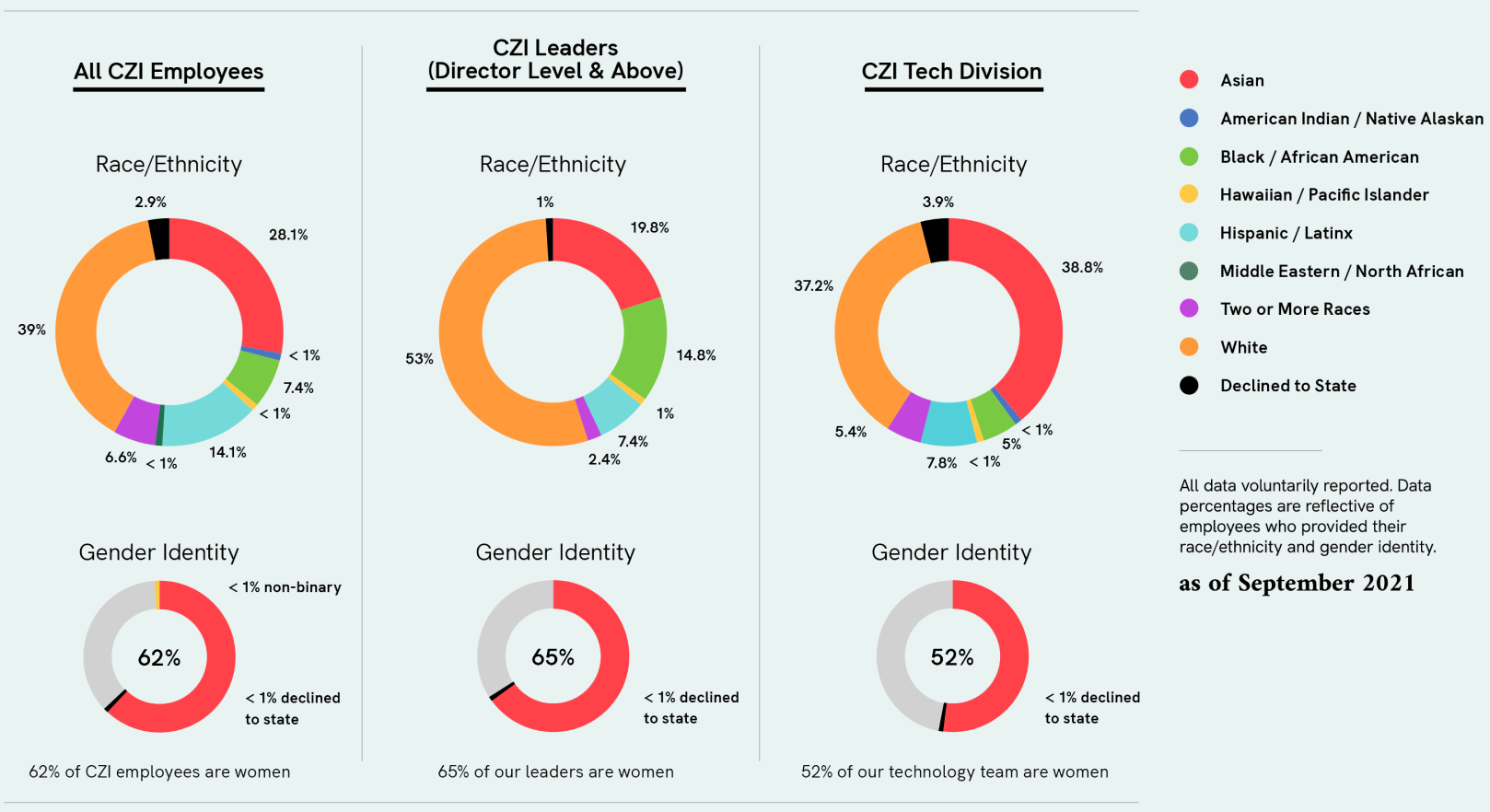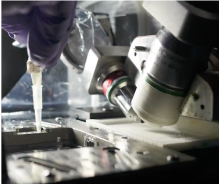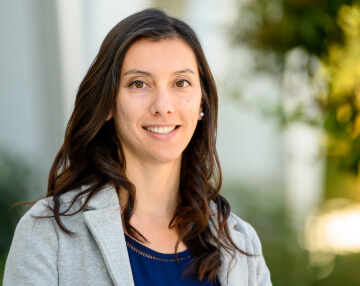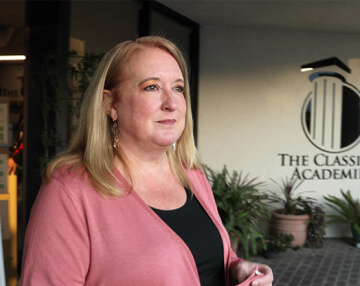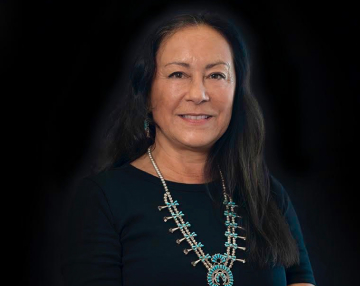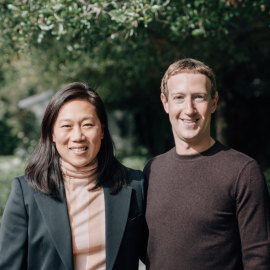
Dear Friends,
We’re living through the worst pandemic in a century, and it has shown how much work we have to do — not just to stop COVID-19, but to build a better future for everyone after the pandemic is done.
This guides all of our work at the Chan Zuckerberg Initiative. Before and during the pandemic, we’ve been learning from our partners and working alongside them to build new tools and solutions to these intractable issues. Now, we’re ready to double down on our commitments that are showing the greatest potential to make an outsized impact — and accelerate progress toward the healthier, more equitable future we all want.
Take, for example, our work in science. Here, our mission is to support the science and technology that will make it possible to cure, prevent, or manage all diseases by the end of the century. Over the past five years, our big goal was to understand how we could best help scientists accelerate progress in biomedicine.
We launched programs in imaging, neurodegeneration, open science, rare disease research, infectious disease research and single-cell biology. We explored the many ways that open science, collaboration, and technology can accelerate breakthroughs. We made grants and collaborated as partners with scientists, patients, and open source communities — across scientific domains and career stages.
One of the key lessons we learned is that there is a huge opportunity for technology to drive progress in biomedicine — especially within the context of understanding how the human body functions in health and disease. We need new tools to allow us to observe and measure human biology in action — with spatial accuracy, biomedical specificity, and dynamic precision.
Imagine being able to apply artificial intelligence to biological imaging to reveal how cells and tissues function. Or understanding how the interactions between cancer cells, tissues, and the immune system promote or prevent tumor growth. Or knowing how the brain and the body communicate to regulate physiological and emotional states. Having these dynamic and integrated views of human biology would accelerate progress toward curing, preventing, or managing all diseases — and we believe we can help.
And on that note, we have some big news to share.
Today, we are announcing a new science focus on developing technologies to advance our biological understanding of the human body. Over the next 10 years, CZI will build tools, launch institutes, and support research to directly observe and measure any biological process — across spatial scales and in real time — throughout the human body.
We’re excited to tell you more about our vision for the future of science. And we’re just as thrilled to tell you about the work our partners are doing to support educators, affordable housing programs, community-led movements for change, and more. We’ve dedicated this letter to sharing the ways we’re all building for the future — right now.
Building For Breakthroughs
Biological systems constantly communicate as tissues, cells, and proteins interact. However, without visibility into these processes, we’re limited in understanding the human body and how to prevent disease.
To help provide these dynamic views, CZI is creating the Chan Zuckerberg Institute for Advanced Biomedical Imaging to push forward new imaging technologies through high-risk, high-reward projects over the next 15 years. At its heart, teams of experts from across fields like biology, physics, engineering, and mathematics will work together to develop breakthrough technologies that will allow us to observe the inner workings of the human body in action. We want to shorten the time frame from discovery to scale, so we can quickly get these tools into the hands of scientists everywhere.
The new imaging institute will be an extension of the CZI Imaging Program, where dozens of researchers and engineers are already pushing the boundaries of biomedical imaging. One of the researchers, Dr. Gokul Upadhyayula, spoke about the work that he and his team are doing at UC Berkeley in this video. We’re also supporting projects like napari, a free and open-source tool built by and for the global community of imaging experts.
In many ways, the inspiration for our new scientific direction started with an experiment back in 2016 — just as our philanthropy was getting off the ground.
That was when we announced the Chan Zuckerberg Biohub. The idea was to build a space where brilliant scientists, engineers, and physicians could work together on big, risky projects — the kind of projects that would be hard to do through conventional research. We hoped these teams could shed light on the causes of disease, and use those insights to develop technologies for new diagnostics and treatments.
That turned out to be a great bet. In its first five years, CZ Biohub’s cell biology program made major contributions to global efforts to build whole-organism molecular cell atlases of humans, mice, lemurs, flies, and other organisms important to understanding health and disease. It also developed OpenCell, a tool to better visualize and map protein interactions within cells.
In addition, the CZ Biohub Infectious Disease team, working with the CZI science technology team, played a leading role in California’s response to the pandemic — implementing testing and a genomic epidemiology analysis platform in record time, at scale. This work was chronicled in Michael Lewis’s latest book, The Premonition: A Pandemic Story. On the global stage, CZ Biohub and CZI collaborated with the Bill & Melinda Gates Foundation to build capacity for pathogen discovery in countries that are low- and middle-income.
By every measure, CZ Biohub has been a success — and it’s clear that the institute’s model for collaborative, interdisciplinary research centered on tackling the riskiest, most innovative ideas has even greater potential. That’s why we are extending the Biohub’s funding and operations for another 10 years. We can’t wait to see what the teams there will accomplish next.
Building off the successes of the Chan Zuckerberg Biohub, we’re also excited to announce the creation of the Chan Zuckerberg Biohub Network. The idea is to bring together leading scientific and technology institutes that are in close proximity to each other with the goal of pursuing grand scientific challenges on 10-15 year time horizons. Beginning next year, universities and institutions will be invited to submit their grand challenge ideas through an open “Request For Proposals” process. Successful proposals will be announced in late 2022, with the aim to have the first Biohub network launching in 2023.
Finally, we’re launching the Kempner Institute for the Study of Natural and Artificial Intelligence at Harvard University. Artificial intelligence and machine learning are just beginning to make an impact in biology and medicine, but there is still so much untapped potential. Imagine combining the computational capacity of AI with the ability of the human brain to learn from single examples, generalize to new problems, integrate across domains, and ask new questions.
By bringing AI and biomedicine together — with experts in computer science, applied mathematics, neuroscience, cognitive science, statistics, and mathematics — and by actively recruiting from underrepresented groups at every stage of the pipeline, we could unlock a whole new set of tools to help both scientists and doctors understand the human body in entirely new ways. And that’s exactly what the Kempner Institute will aim to do.
We’ll have a lot more to say about these scientific institutes in the coming months and years. As they take shape, we will continue to support our core science programs and sharpen our focus for the next decade. And we’ll continue to emphasize global inclusion and racial equity in our work to make sure scientific progress serves everyone.
Together, we hope these efforts will help bring about a future where scientists are inventing new tools that push the boundaries of what we can see and measure; where those tools are widely available; and where they’re shedding light on some of the most complex questions in biology. When we talk about building for breakthroughs, this is what we mean.
We’re proud to support people who are working urgently to develop and deploy solutions that can help keep the world safe and healthy for everyone. And going forward, we’ll continue partnering with experts and learning how CZI can have the greatest impact.
Building For Empowerment
Just as we work to build a future where everyone can be safe and healthy, we also need to build one with abundant access to opportunity. In our view, that work has to start with education — and especially educators.
Teachers are some of the most important people in our lives. They open our eyes to the world. They help us discover our passions. And at the most basic level, they help us feel seen and understood, which is the foundation for learning.
COVID-19 shook that foundation. When school buildings closed, students had to adapt to school in an entirely new way of learning.
On top of that, students were going through profound trauma that our society also collectively experienced. People they loved were being hospitalized. Their families were coping with job loss and financial instability. There were evictions. And the people who would normally be well-positioned to help kids process what was happening — their teachers — were suddenly miles away.
Teachers didn’t miss a beat. Every day, we heard how they were going to great lengths to make distance learning feel less distant, and to drive student learning and engagement with programs such as Summit Learning.
Prior to the pandemic, Summit Learning students were already working with their teachers to develop the kinds of skills that lead to a lifetime of success — like how to set goals, reflect on progress, and build resilience. These skills became even more critical during the pandemic, when students arguably had more ownership of their learning than ever before. Still, teachers from across the country were telling us that they needed help reaching their students. We came to understand from our conversations with educators that one of the best things CZI could do was create a space for them to talk one-on-one with their students — not just about academics, but about everything that was going on in their lives.
So, we started building. We worked with teachers, researchers, and our partners at Gradient Learning to develop and pilot a new tool to help teachers and students connect and build trust. And earlier this year, we made that tool available for free to teachers across America.
It’s called Along — a one-to-one digital reflection tool that gives teachers ready-to-send, research-informed questions to help their students open up. For example: What’s something big you accomplished recently? What are you feeling grateful for? When you feel stressed out, what helps?
When students get one of these prompts, they choose to respond in their own way — over video, audio or text. They can share what’s really on their mind without peer pressure directly with their teacher. Teachers respond to those reflections and share their own. Over time, they build up a deep understanding of not only their students’ academic lives, but the context that informs everything that’s happening in the classroom.
Using the same approach as our Summit Learning program and platform, Along was built in deep partnership with educators and researchers, and it’s been exciting to hear the progress reports. One of the school principals using Along, Dr. Stacey Perez, told us that she got to know her students on a much deeper level during the pandemic than she knew them before. When she and her students switched back to in-person classes this fall, they found that their connection hadn’t weakened during the time apart; it had actually grown stronger because of their sharing in Along.
For Dr. Perez, there’s a larger lesson in all this. “One of the things the pandemic has made clear is that we need to invest in creating a sense of belonging for students,” she says. “It won’t just happen on its own.”
The pandemic also emphasized that parents, too, need more resources to support their children’s learning. Lovevery is one company that’s stepping in to offer that support; it provides families with stage-appropriate play essentials and learning resources to foster early childhood development. CZI Ventures supports Lovevery’s mission through an investment, as we do with other impactful companies that are empowering learners of all ages.
As COVID-19 has widened the gaps in access to educational resources, it has also exacerbated inequities in our housing system. The pandemic didn’t create the cycle of displacement and gentrification that forces so many Americans — particularly people of color — out of their homes and away from their communities. But it has accelerated that cycle, and made the effects impossible to ignore.
We’ve been thinking a lot about how to change that — and in particular, how to support the small rental owners who play a critical role in keeping housing affordable and helping tenants remain in their communities. In Los Angeles County, for example, small rental owners contribute significantly to the supply of naturally-occurring affordable housing, which accounts for 80 percent of all affordable housing in the County.
One of the challenges small rental owners face is that many tenants have been unable to make their full rental payments because of the pandemic’s economic fallout. Big companies and Wall Street investors can weather that kind of loss. But for people who own just a few units, and who have mortgages to pay, a few missed payments can be disastrous.
Take, for instance, Darlene. Her family has lived in the same South Los Angeles neighborhood for generations, and for several years, she’s rented rooms in her home to supplement her social security benefit. The pandemic has made it harder to make ends meet and to keep up with her own property taxes and utilities. “I have not been able to make those payments for many months,” she says.
To avoid financial ruin, small rental owners like Darlene — who’ve housed local tenants for years — might be forced to sell to banks or developers that aren’t rooted in the community.
That’s why, this year, we partnered with a group of housing organizations and other funders to launch a new pilot program in South Los Angeles called the Local Rental Owners Collaborative, or LROC for short. When a tenant can’t make a full rental payment, the LROC gives the owner a relief grant to help make up the difference.
LROC also brings small rental owners together and connects them with support services. The goal is to ensure that owners can continue to provide good, stable housing, especially in communities of color — and at the same time, that those owners can continue to build generational wealth. To date, the program has supported 39 program participants, so they can continue to retain ownership of their rental properties, and supported 94 households.
For Van, a program participant, this support has been a game-changer. “I’ve been telling all my friends who are having the same problem that they need to apply to LROC,” he says.
This fall, together with several community organizations and partners, we also announced a new program called Keys to Equity. It’s focused on building more accessory dwelling units, or ADUs, in Oakland.
The program aims to increase the supply of housing, and to provide greater financial stability for homeowners who are lower-income. Keys to Equity is doing targeted outreach to Black homeowners and other people who have been disproportionately impacted by systemic racial and economic inequities within the housing system. We’re humbled to work alongside several partners on this program, who share a joint commitment to improving access to housing and preventing greater displacement.
While these programs are just getting off the ground, we’re excited about their potential — both to increase the supply of affordable housing, and to address the inequities that have long burdened homeowners and renters of color.
Building For Equity
Throughout our work at CZI, we’re committed to advancing diversity, equity, and inclusion in order to build a more inclusive, just, and healthy future for everyone. We must continue the critical work of systematically applying a racial equity lens to everything we do — from increasing diversity in science, to advancing racial equity in education, to using our Community Fund portfolio to help groups who’ve been historically marginalized.
When we think about what’s possible, we’re reminded of something one of our grant partners, Dr. Monique LeSarre, said recently. “The dream I have for the betterment of the community is that folks feel free. Free to live, free to love, free to have good health, free to have jobs, free to ride on the bus — whatever it is, that people have access, that they feel cared for, that they feel loved.”
Dr. LeSarre is the executive director of the Rafiki Coalition, a nonprofit organization that’s working to eliminate the disparities in health that have long impacted San Francisco’s Black and African-American communities — and that has played a critical role in addressing COVID-19 in the city.
“The number one thing people were asking for [during the pandemic] was mental health [services],” Dr. LeSarre says. So, in addition to supporting COVID-19 testing and vaccination efforts, Rafiki Coalition has offered guided meditation, yoga classes, mental health groups, and more.
The thing that makes local organizations like the Rafiki Coalition so effective is that they’re deeply embedded in the community. Many have spent decades listening to what their neighbors need, earning their trust, and delivering support with respect and dignity.
This is why CZI invests in people and organizations who are closest to the work. In Education, that means supporting teachers. And it means helping parents, caregivers, and students — especially in Black, Brown, and Indigenous communities — use their voices and their power to shape school decision-making.
We’re committed to ensuring that community-based organizations have our support, especially as they continue to lead the response to the pandemic.
For example, two of our partners in Montgomery, Alabama — ideas42 and Partners In Health — have been working with local and religious leaders to expand access to vaccines. Their work embodies the ethos of our response to COVID-19, which supported recovery efforts in communities of color across the country by boosting high-quality, culturally relevant communications about the vaccine and public health guidelines. Our team was humbled and inspired by organizations on the frontlines of public health outreach, and their role in addressing vaccine hesitancy and rebuilding trust in science.
“Partners In Health realized that we were connected to the community, and that we had the capacity to serve our neighborhood right away,” says Pastor Richard Williams, who leads the Metropolitan United Methodist Church. “It allowed us to create the WhyNotUs.Live COVID-19 campaign that brings knowledge, resources, and access directly to our neighbors.”
Like Pastor Williams, we believe that these programs should serve as a model for advancing equity across America. As he puts it: “What I would hope is that systems would change; that we would really acknowledge that community-based organizations, that are serving on the frontlines, really are the ones that can inform the work and that can cause transformation, because we are willing to care for our neighbor.”
That perspective sits at the heart of our work at CZI. In our last annual letter, we announced a new, five-year commitment to support people and organizations that are leading the fight for racial equity in science, education, and other CZI focus areas. We’ve followed through on that commitment through projects like the ones we’ve shared. And we’ve done so through multiple rounds of funding — one in May, and another just recently — to help sustain organizations that are driving the broader movement for racial equity, diversity, and inclusion.
Many of these grantees are scaling their impact by helping others build their capacity to enact change. For example, Seventh Generation Fund promotes Indigenous Peoples’ self-determination and sovereignty by supplying community-based organizations with resources, technical assistance, and leadership development.
The HBCU Executive Leadership Institute at Clark Atlanta University is another great example of investing in leaders — in this case, the next generation of presidents and senior leadership for our nation’s Historically Black Colleges and Universities. The Institute supports experienced leaders in higher education and racial equity and equips them with the skills and institutional knowledge needed to attract, retain, and support HBCU students long-term.
Each of these partnerships is, of course, unique. But the core challenges that we’re talking about — educating our kids, tackling disease, advancing equity — are universal. By supporting leaders who’ve developed innovative approaches, we hope to help scale good ideas and build the future that people want and need.
Building For Tomorrow
Looking back on the year, it’s striking to realize that none of these developments were inevitable.
After all, the future doesn’t just happen. It’s something we believe in first, then build together.
That’s how progress starts. Not as a sure thing or a foregone conclusion, but as a choice, made with hope, by people who believe a better future really is possible.
We’ll be carrying that lesson with us into 2022. We hope you will, too.







